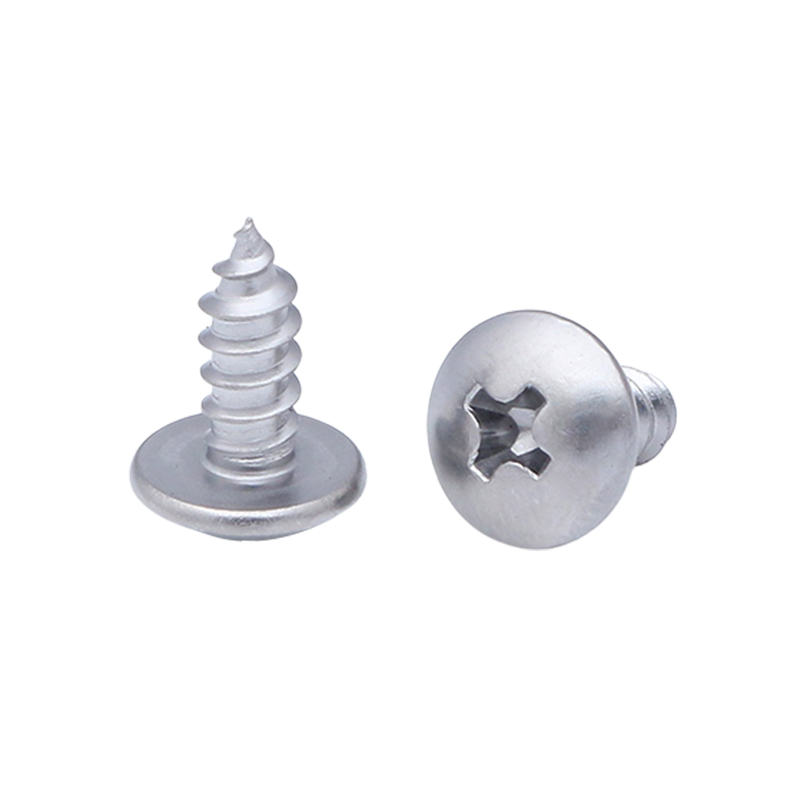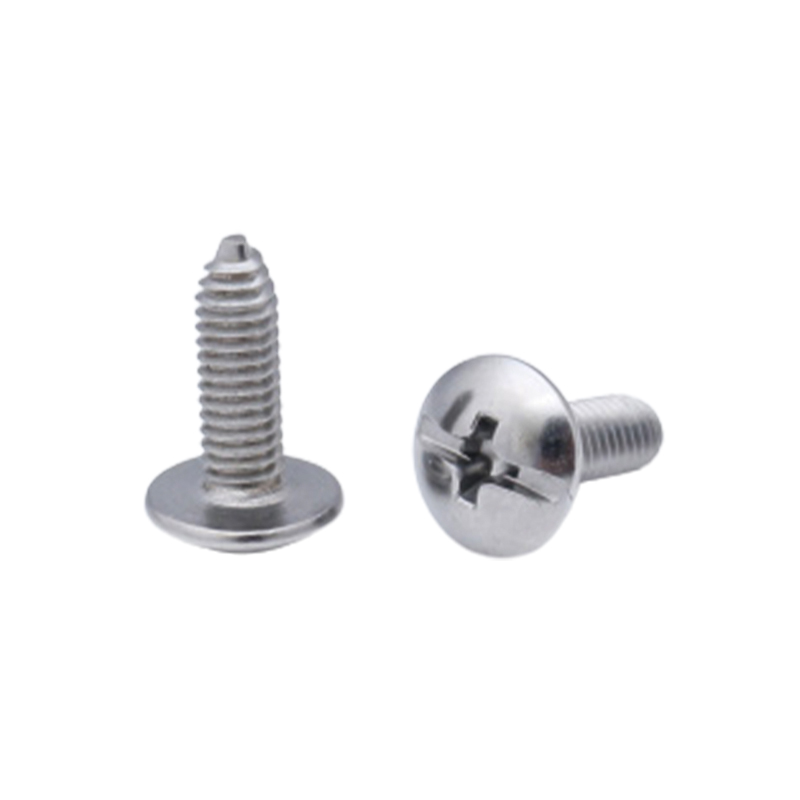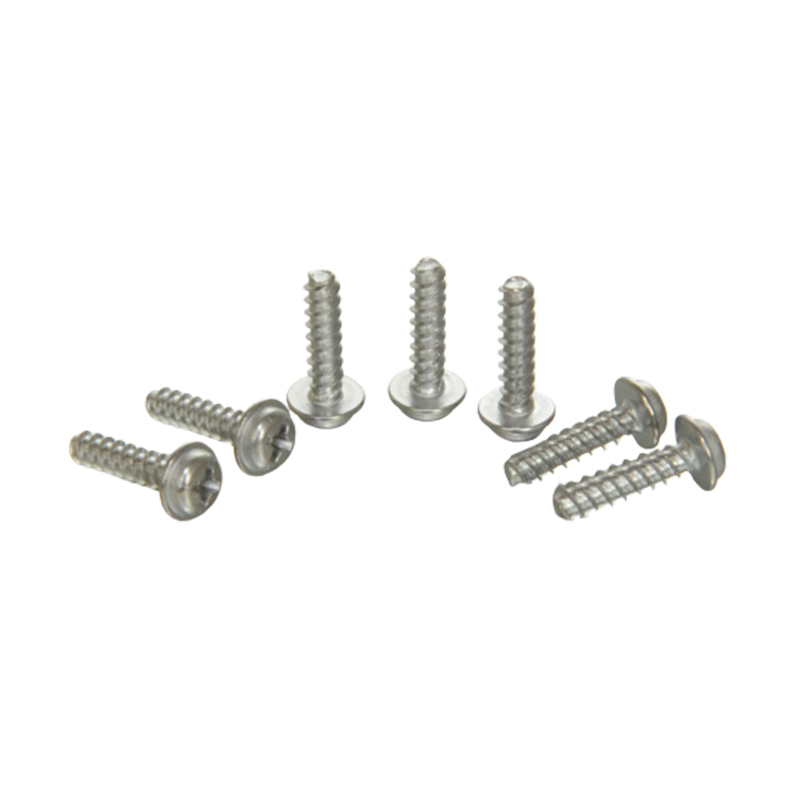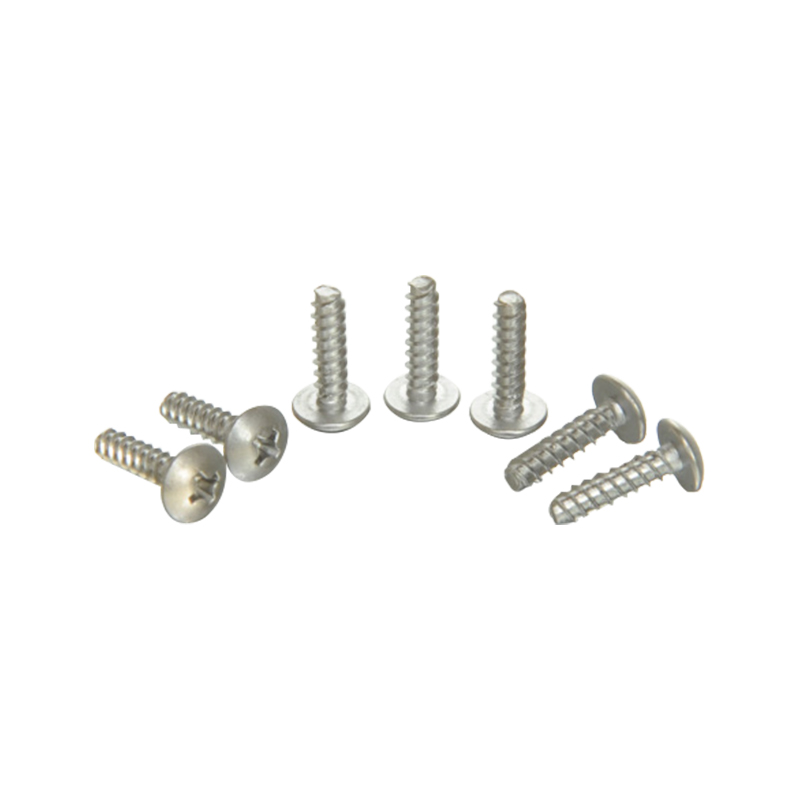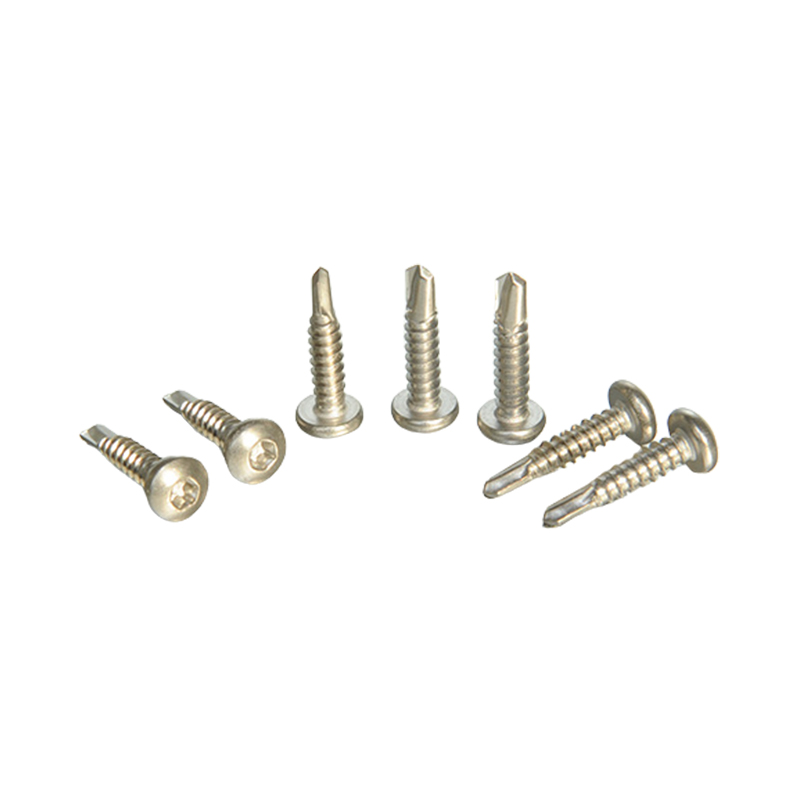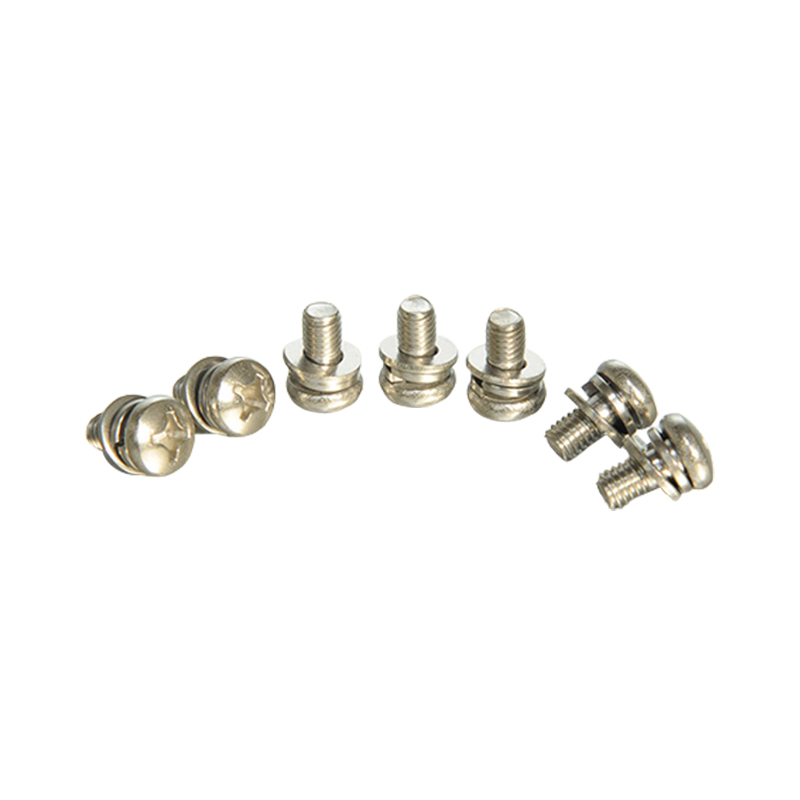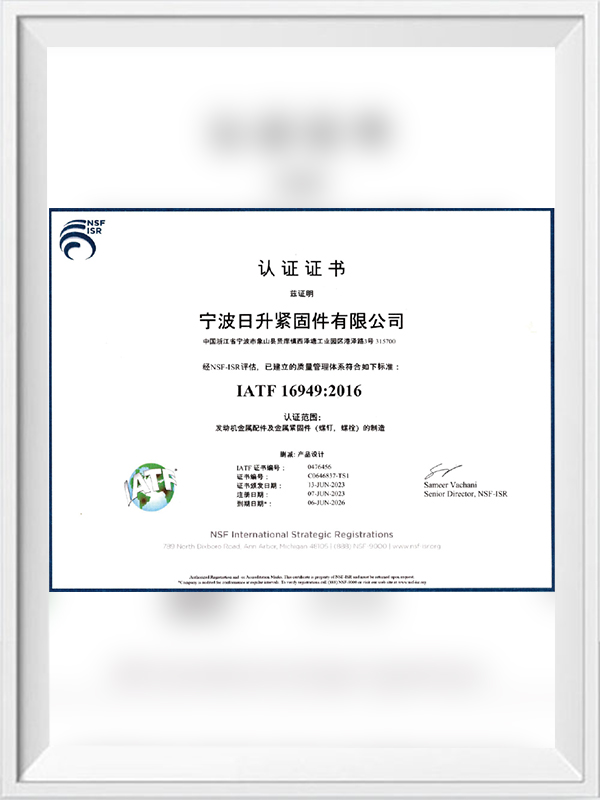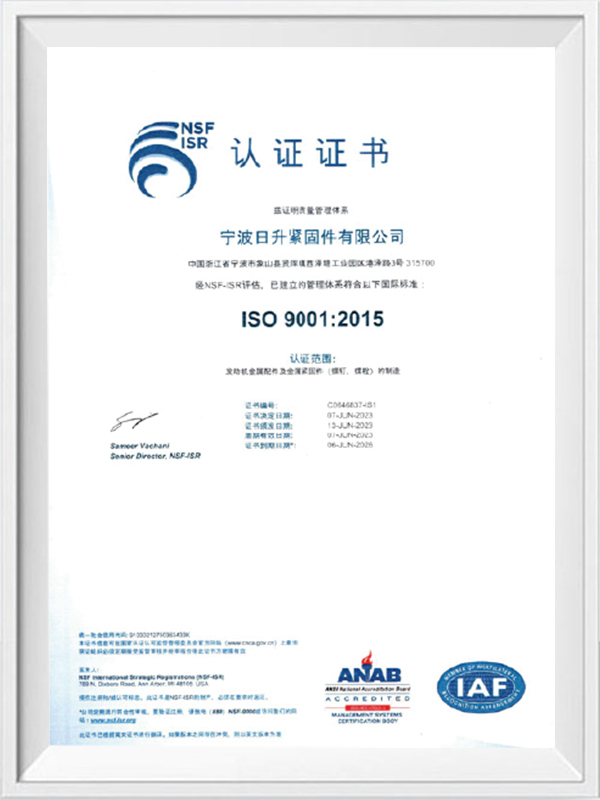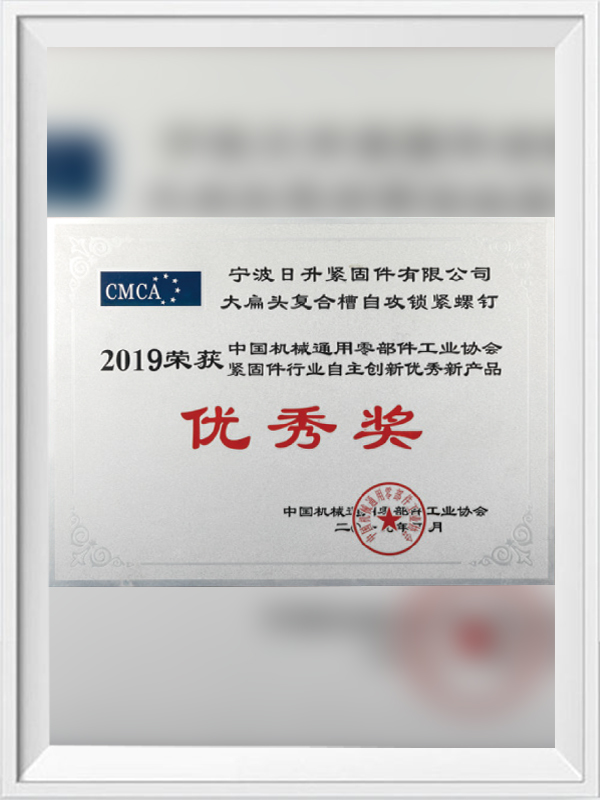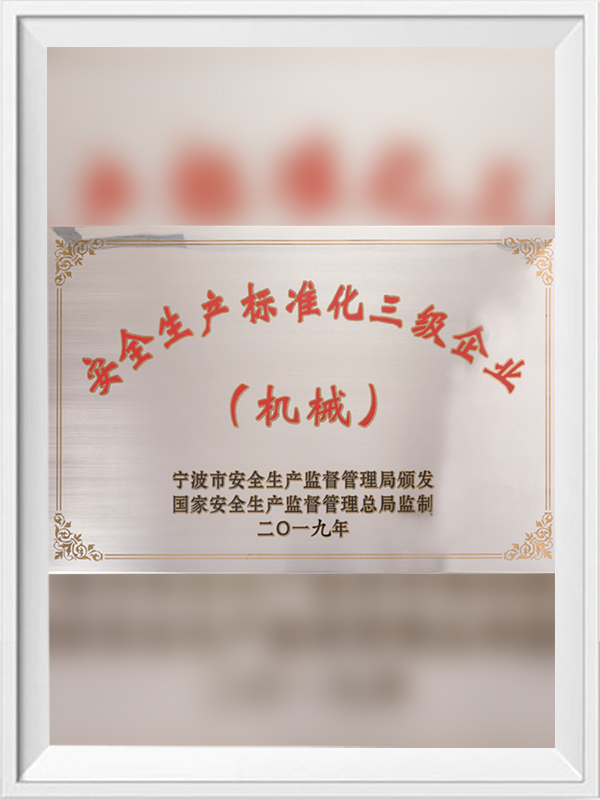1. Factors to Consider When Choosing Stainless Steel Screws
Selecting the right stainless steel screws involves several critical considerations to ensure optimal performance and longevity in various applications. Here are key factors to keep in mind:
a)Stainless Steel Grade Selection: Stainless steel screws come in different grades, each offering varying levels of corrosion resistance, strength, and suitability for specific environments. The most common grades include: Austenitic Grades: Known for their excellent corrosion resistance, these grades are ideal for general-purpose applications, including outdoor and marine environments. Grade 316 offers superior resistance to chloride corrosion, making it suitable for coastal areas and harsh marine conditions. Martensitic Grades: These screws are hardened through heat treatment, providing higher strength and moderate corrosion resistance. Martensitic stainless steels are suitable for applications requiring toughness and wear resistance, such as in automotive or industrial equipment. Duplex Grades: Combining the benefits of austenitic and ferritic stainless steels, duplex grades offer higher strength and better resistance to stress corrosion cracking than austenitic grades. They are often used in chemical processing, oil and gas, and structural applications. Choosing the appropriate grade depends on factors such as exposure to corrosive agents, mechanical stress levels, and the specific application environment.
b)Thread Design and Type: The thread design of stainless steel screws affects their holding power and ease of installation. Key considerations include: Thread Type: Screws are available in coarse and fine threads. Coarse threads provide better holding power in softer materials, while fine threads offer finer adjustments and are suitable for hard materials. Thread Pitch: The pitch (distance between threads) affects how tightly the screw engages with the mating material. It's crucial to match the thread pitch to the material type and thickness for secure fastening.
c) Head Style and Drive Type: Stainless steel screws come in various head styles and drive types, each suited to different applications and installation methods: Head Styles: Common styles include pan, flat (countersunk), oval, and hex heads. The choice of head style depends on aesthetic preferences, surface flushness requirements, and tool accessibility. Drive Types: Popular drive types include Phillips, slotted, Torx (star), and hex socket (Allen). Consider the ease of installation, torque transmission efficiency, and resistance to stripping when selecting the drive type.
d)Compatibility with Other Materials: Ensure that the stainless steel screws are compatible with other materials in the assembly. Factors to consider include: Galvanic Compatibility: Avoid galvanic corrosion by selecting screws that are compatible with the base material. Use insulating materials or appropriate coatings when joining dissimilar metals. Thermal Expansion: Consider the coefficient of thermal expansion to prevent loosening or structural stress under temperature variations.
e)Environmental and Application Conditions: Evaluate the environmental conditions and application requirements to choose screws that can withstand: Exposure to Moisture and Chemicals: For outdoor or marine applications, select screws with high resistance to rust, saltwater, and atmospheric pollutants. Temperature Extremes: In high-temperature environments, choose stainless steel screws with heat-resistant alloys or coatings to maintain structural integrity.
2. Introduction to Stainless Steel Screws: Versatility and Durability
Stainless steel screws are fundamental components in various industries, renowned for their exceptional durability and resistance to corrosion. Composed primarily of iron, chromium, and other alloying elements such as nickel, molybdenum, and sometimes nitrogen, stainless steel screws exhibit unique properties that make them indispensable in critical applications. Stainless steel screws derive their corrosion-resistant properties from the presence of chromium, which forms a passive oxide layer on the surface when exposed to oxygen. This oxide layer, often invisible to the naked eye, acts as a barrier against corrosion and prevents further oxidation of the underlying metal. The addition of other alloying elements like nickel enhances the structural stability and mechanical properties of stainless steel screws, making them suitable for a wide range of environments. Stainless steel screws are prized for their ability to withstand corrosion from moisture, chemicals, and atmospheric exposure. This inherent resistance makes them ideal for outdoor structures, coastal installations, and equipment subjected to frequent washdowns or sanitization processes in pharmaceutical and food processing industries. Beyond corrosion resistance, stainless steel screws offer excellent mechanical properties crucial for their performance in various applications: Strength: Depending on the grade and heat treatment, stainless steel screws exhibit high tensile strength and yield strength, ensuring reliable fastening in structural and load-bearing applications. Ductility: Stainless steel screws maintain ductility even at low temperatures, reducing the risk of brittle fracture under extreme conditions. Machinability: Certain grades of stainless steel, especially austenitic types, exhibit good machinability, allowing for ease of fabrication and customization to specific design requirements. Stainless steel screws contribute to environmental sustainability through their longevity and recyclability. They have a low life-cycle cost, requiring minimal maintenance and replacement over their service life compared to alternative materials. The recyclability of stainless steel further reduces environmental impact by conserving resources and minimizing waste.



